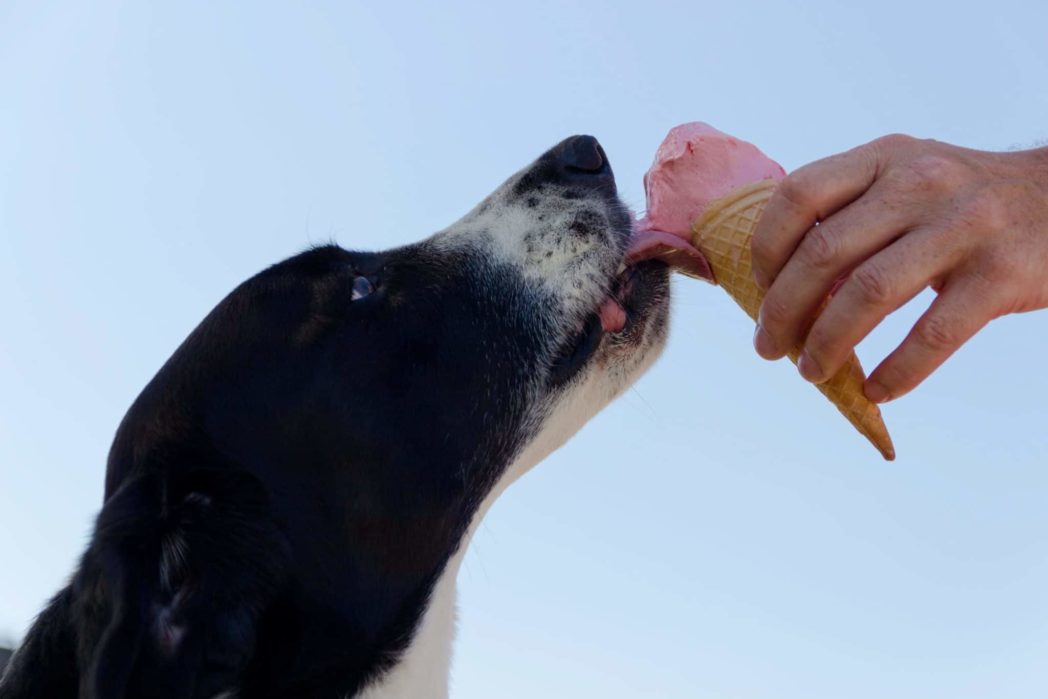
It’s safe to say that we are a nation of pet lovers. Dogs in particular still reign supreme as man’s best friend, but sometimes we don’t realize that we are killing them with our kindnesses. Dogs, just like people, are steadily getting fatter, with obesity rates rising at an alarming rate. An overweight dog is at risk of a number of health complications, including arthritis, breathing difficulties, and heart problems which can shorten their lifespan and affect their quality of life. Just like in humans, obesity can creep up slowly but it’s never too late to start doing something about it. So here are some dog diet tips to help you get your pet back in shape.
Stop with the treats
You may think that you are only feeding your dog his recommended meals a day, but those table scraps, treats, and the odd biscuit or two soon add up and you may find that it is these extra bits alone that are causing his weight gain. It may be hard to resist the puppy dog eyes but in the interest of his health, you need to stop overfeeding him treats. If you must give him something for training or entertainment purposes then ops for something low in calorie like a carrot.
Change his food
Not all dog foods are created equal, with many of the budget varieties filled with grains, sugars, and other unhealthy ingredients that can make them very calorific. Wherever possible, try to opt for natural dog food, which tends to be as close to a dog’s natural diet as possible and always remember to read the feeding guidelines. In some cases, especially if your dog has a lot of weight to lose and fast, then you may want to consider using a special calorie-controlled food that can be prescribed by the vet. Calorie controlled food usually comes with a specially calibrated scoop to make it easy to portion out.
Increase his exercise
For most overweight dogs, increasing exercise alone is not enough for them to lose weight, but it does help when combined with a calorie-restricted diet. If your dog has become quite sedentary then you will need to increase his exercise very gradually, slowly upping the distance and intensity of his exercise as he becomes more mobile. Little and often is the key when it comes to pet exercise, so if you can, try to aim for a short walk twice a day and keep this up as many days as possible throughout the week. Lastly, if your dog is old or has any other health conditions then you may want to check in with your vet first for advice on exercise.
So there you have it, 3 simple tips that will help you to get your 4-legged friend back in shape. Doggy weight loss just like human weight loss should be done slowly over time, so don’t rush and stay consistent and you’ll start to see results. Once your pet reaches his target weight, then keep a close eye on him to stop it creeping up again, and try to maintain the healthy habits that you’ve built.